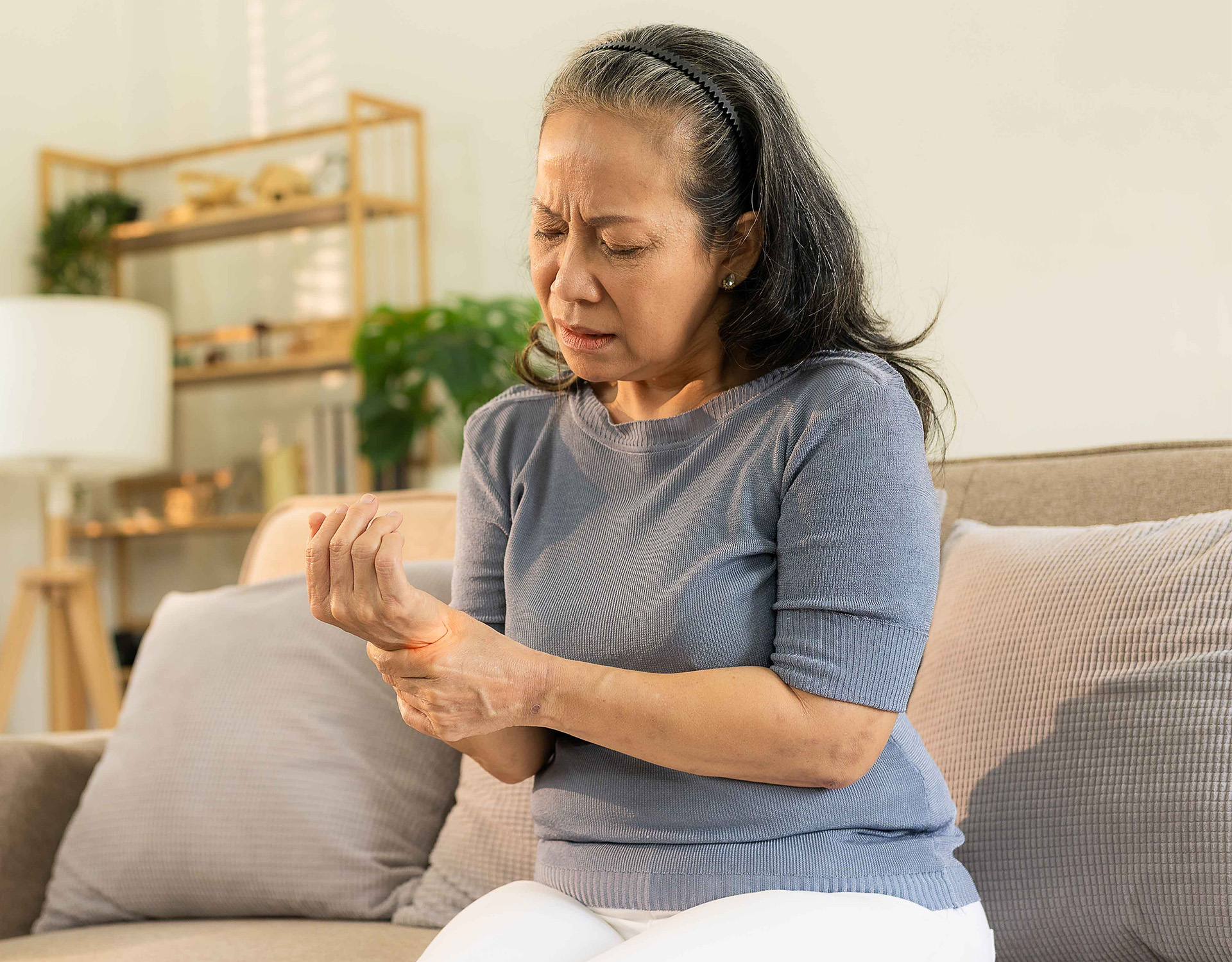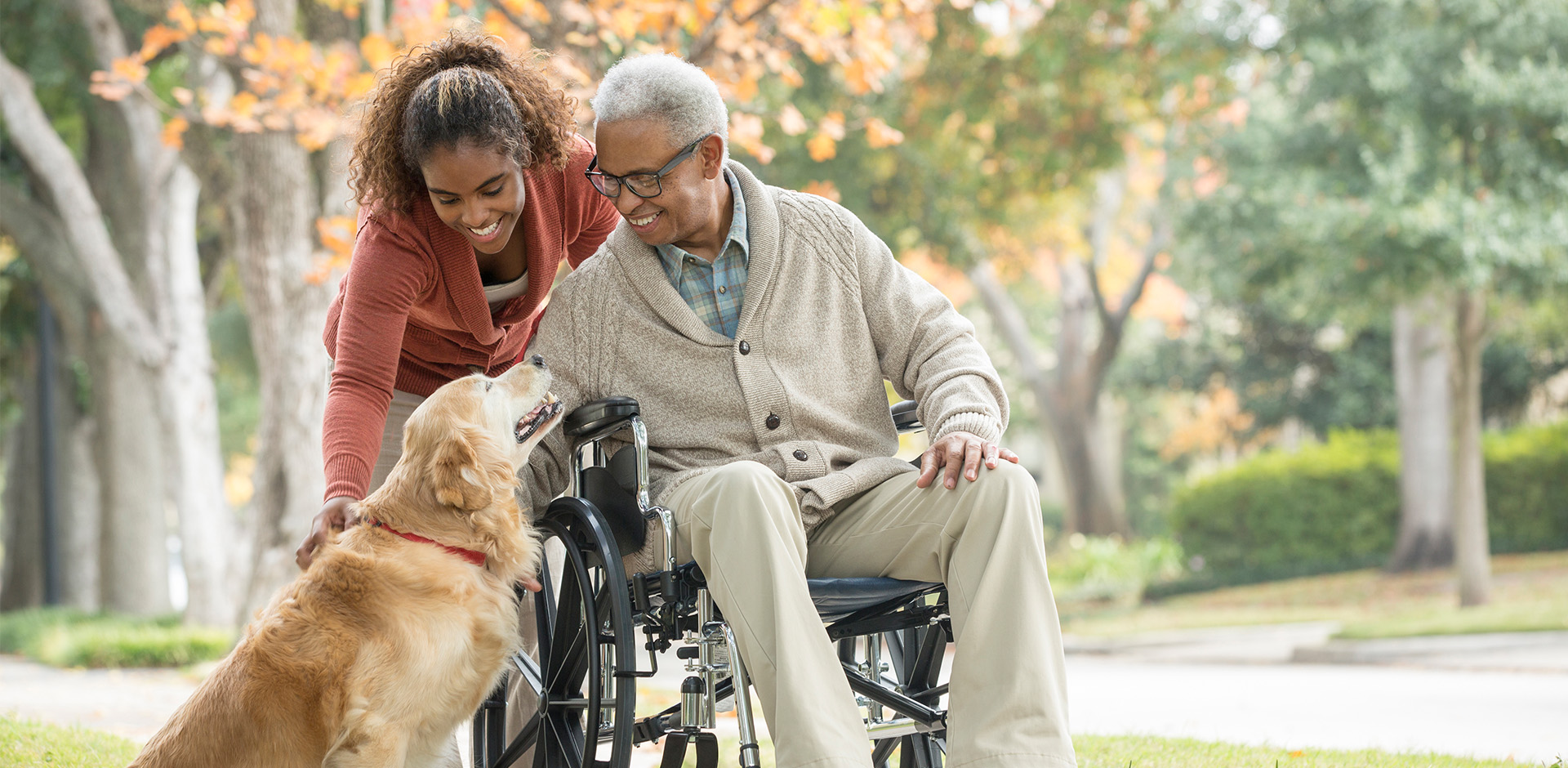Learn about signs of PN
Symptoms such as weakness, and pain that feels as if it is stabbing or burning in your limbs, can be common signs and symptoms of PN.
The symptoms of peripheral neuropathy may depend on the kind of peripheral nerves that have been damaged. There are three types of peripheral nerves: motor, sensory and autonomic. Some neuropathies affect all three types of nerves, while others involve only one or two.
The majority of people, however, suffer from polyneuropathy, an umbrella term for damage involving many nerves at the same time.
Find a DoctorSymptoms of peripheral neuropathy often include:
- A sensation of wearing an invisible “glove” or “sock”
- Burning sensation or freezing pain
- Sharp, jabbing, shooting, or electric-like pain
- Extreme sensitivity to touch
- Difficulty sleeping because of feet and leg pain
- Loss of balance and coordination
- Muscle weakness
- Muscle cramping/twitching
- Difficulty walking or moving the arms
- Unusual sweating
- Abnormalities in blood pressure or pulse
01
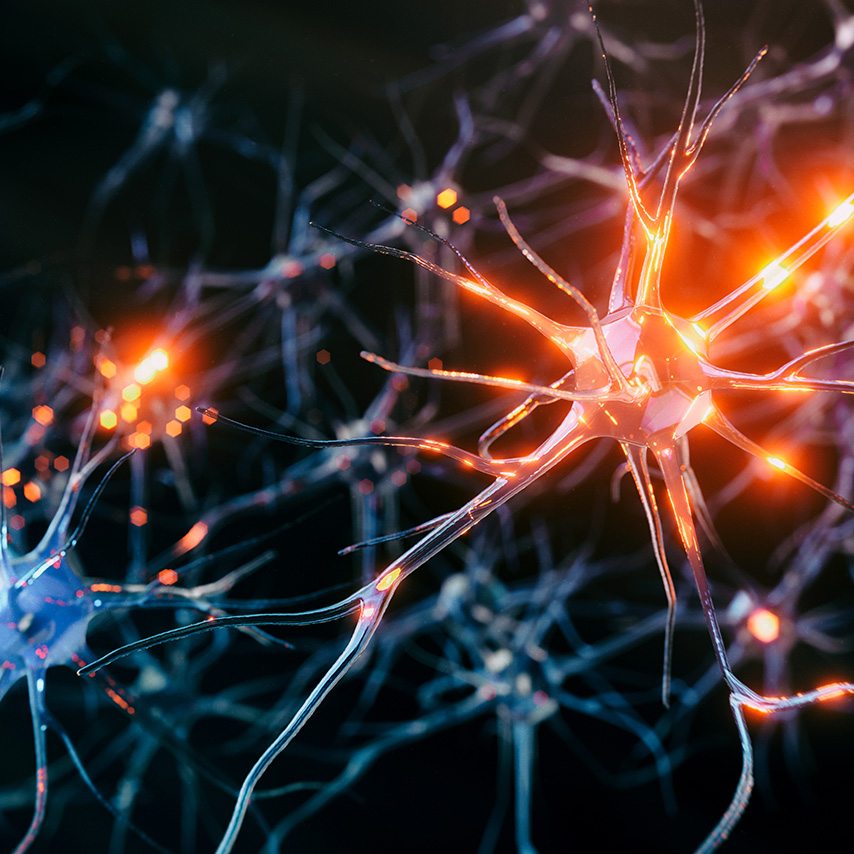
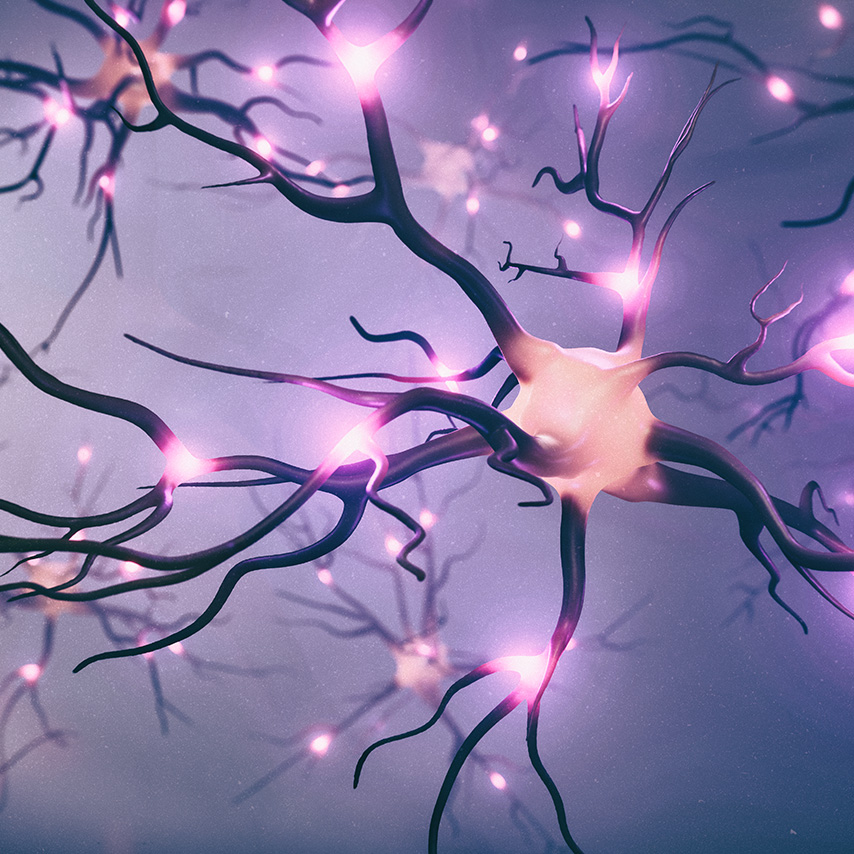
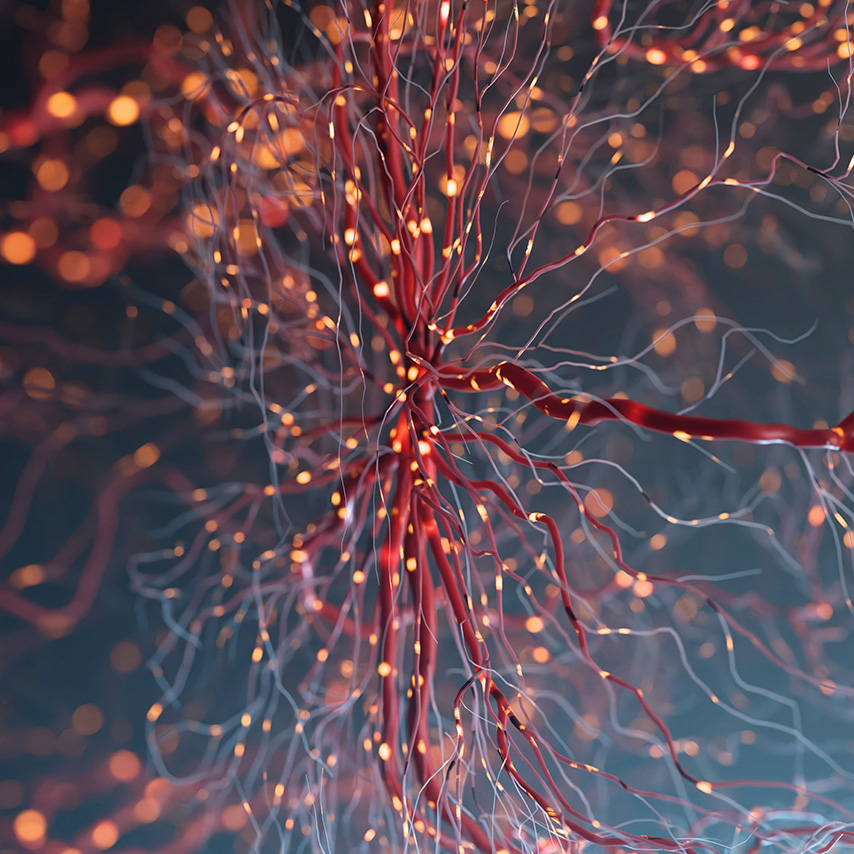
Three types of peripheral nerves
Motor Nerves
Motor nerves send impulses from the brain and spinal cord to all of the muscles in the body. This permits people to do activities like walking, catching a baseball, or moving the fingers to pick something up. Motor nerve damage can lead to muscle weakness, difficulty walking or moving the arms, cramps and spasms.
Sensory Nerves
Sensory nerves send messages in the other direction—from the muscles back to the spinal cord and the brain. Special sensors in the skin and deep inside the body help people identify if an object is sharp, rough, or smooth; if it’s hot or cold; or if it’s standing still or in motion. Sensory nerve damage often results in tingling, numbness, pain, and extreme sensitivity to touch.
Autonomic nerves
Autonomic nerves go from your spinal cord to your lungs, heart, blood vessels, stomach, intestines, bladder and sex organs. They are responsible for bodily functions such as blood pressure control, sweating and bowel movements among others.
FPN Advocates for Research
In 2021, PN became eligible to receive research funding through the DoD. FPN continues to advocate to increase government funding to bring more awareness to the condition and further clinical research.
